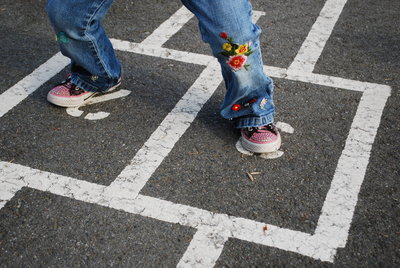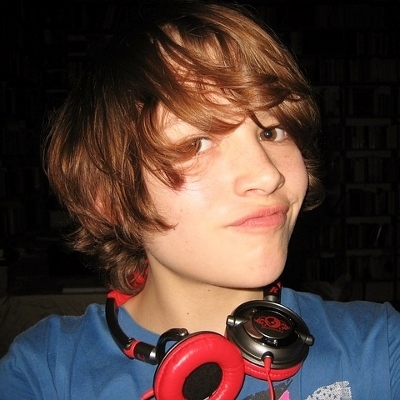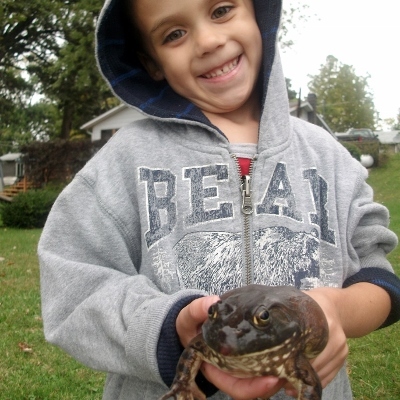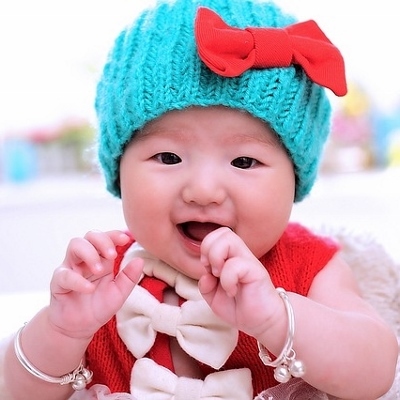
During the preschool years, the timing of hitting movement milestones tends to spread out across the peer group. Some preschoolers may exhibit a strong ability to run, climb and jump, while others are a bit clumsier. Most kids’ abilities tend to even out upon approaching kindergarten, which is important due to the increase in group activities during PE, music and recess. You can help your preschooler hit movement milestones faster while having fun by enjoying these activities together on a regular basis.
Hopscotch
Keep a pack of chalk and a small stone in your bag to play hopscotch wherever you go. This activity helps your preschooler develop immense coordination and balance. You can start with hopping on two feet and progress to a difficult one-foot bounce. Preschoolers also learn about counting numbers up to ten, following rules and taking turns while playing this fun game.
Catch
Any large bouncy ball will do for playing catch on the go. While playing catch, your child will learn how to track movement and respond accordingly. Kids learn eye-hand coordination and distance measurement as well. You will want to use a light overhand toss at first and slowly increase distance and speed as your child’s skills grow. Eventually, you can switch to using a smaller ball for this activity.
Soccer
Soccer helps kids develop coordination while running and stopping on a dime. This activity will help your child keep his or her feet stable and moving in the right direction while in pursuit of the ball. You can alternate playtimes on normal grass and turf to mix up the surfaces and encourage further coordination improvements. Start with slow kicks of the ball, much like playing catch, but with your feet. Then move onto dribbling activities and full one on one games.
Obstacle Course
You can build an obstacle course in the backyard to teach the movements other activities and sports do not incorporate. Use stairs, jumps, balance boards, tires and other found objects to create a fun obstacle course. Always use foam and other cushioning material to block sharp edges and other potential dangers. You can set up thick pads beneath the balance boards and jumps to prevent injuries as well. Always have kids walk through the course at first to get a feel for the playing field. After that, whip out a timer and see who can complete the course fastest.
Your child’s pediatrician will likely ask about moving skills at well child checks across the preschool years and beyond. Stating an inability to complete a task does not reflect badly on your child or you, as kids develop at different rates. In most cases, doctors are not only gauging your child’s growth progress, but also watching for signs or symptoms of a developing medical condition. Completing these activities together allows you to be incredibly accurate in reporting your child’s progress in hitting movement milestones to better help the doctor keep tabs on your child’s health.










